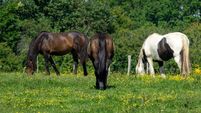Tyranny of cost-price squeeze
Teagasc researchers predict that productivity growth will be the key driver of income in Irish agriculture.
Producing more with less is seen as the only way forward — because rising prices for farmers’ produce will always be matched by rising prices for the farm inputs they use.










